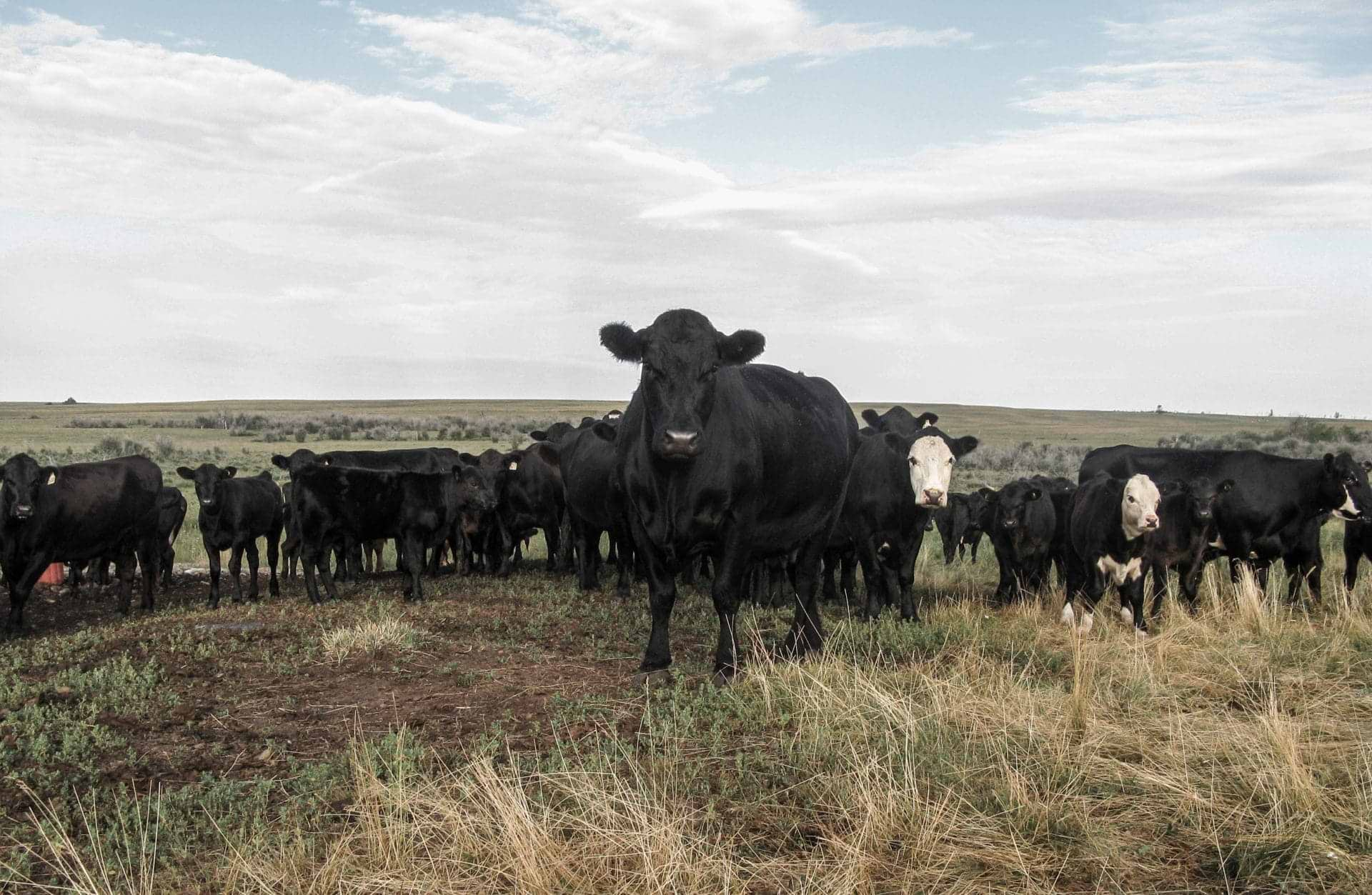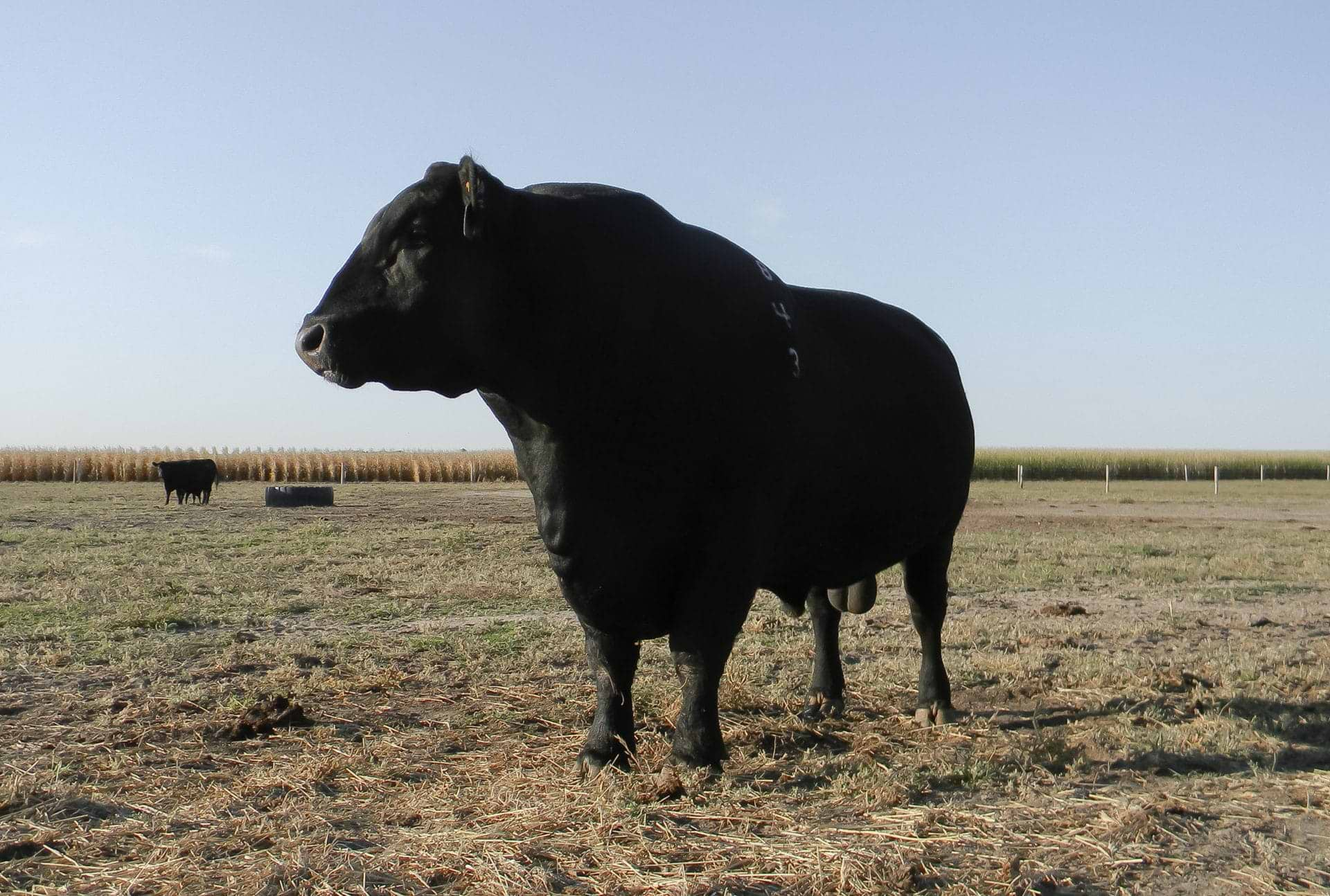Last updated on October 20th, 2023 at 09:35 am
Percent of calf crop weaned is the single largest factor influencing profitability. After all, you can’t sell a calf that is never born.
With calving season underway for some ranches or looming for others, now is the time to start thinking about this year’s breeding season. Here are some tips to ensure you have a successful calving season next year.
First, let’s consider the cows:
Cow Body Condition Score (BCS)

The body condition of your cows going into the breeding season is critical for setting up your herd for reproductive success. According to Olivia Amundson, Extension cow-calf specialist with South Dakota State University, cows should be in at least a body condition score (BCS) of 5 at calving and first-calf heifers should be in a BCS of 6.
If your females are in adequate body condition, continue the plane of nutrition. If they’re under, it’s time to ramp up your nutritional program to ensure the BCS is where it needs to be at turn-out. If your females are too heavy, you’ll need to cut back a little. Either too thin or too fat compromises fertility, Amundson says.
Nutrition
“Nutrition drives reproduction,” Amundson says. That’s especially important for your coming two-year-olds. They’ve just had their first calf, they’re lactating and have just a short period to get in shape for the next go-round. That means an increasing plane of nutrition is critical to ensuring cows can repair their reproductive tract and begin cycling before breeding season begins.
“Minerals are going to play a large role in fertility,” Amundson says. So while roughing your cows along may seem like a least-cost approach, consider the cost you have in that two-year-old that doesn’t settle during her second breeding season.
Vaccinations
Pre-breeding is an important time to vaccinate your cows against reproductive diseases like BVD and IBR. But timing is important, says Russ Daley, DVM, Extension veterinarian at South Dakota State. “We’re getting more information as the years go on about the effects of vaccinations on pregnancies,” he says. While that’s particularly a concern with modified-live vaccines, he says killed vaccines may also be a concern.
So, while you should vaccinate, consider backing that up at least 30 days before turn-out. Better yet, schedule your vaccinations 45 to 60 days before breeding season for an added measure of safety.
Regardless, consult with your veterinarian beforehand. Your vet can advise you on what vaccine to use and when the best time is to administer it to both your cows and calves.
Now the bulls:
Breeding Soundness Exam
Daley says every bull going out to pasture should have a breeding soundness exam (BSE). This includes a physical examination that looks at feet, legs, eyes and teeth; a look at scrotal circumference, which indicates the ability to produce sperm; and a determination of semen quality. Now’s the time to schedule a BSE with your veterinarian.

Bull Body Condition and Vaccinations
Just like your cows, the body condition of your bulls is important. If they’re at a 5 or 6 at turn-out, they’re in shape to do their job. Too thin and they won’t breed well; too fat and they won’t do well either.
And if you can, watch them at their job. Some bulls have the libido to get ‘er done, others prefer to shade up and watch the world go by. Likewise, ensure you have enough bull power to adequately service all the cows in the pasture. The standard recommendation for mature bulls is a bull to cow ratio of 1:20 or 1:25. For younger bulls, their age determines the ratio. So if you have some 18-month-old bulls, the ratio would be 1:18.
And vaccinate your bulls for the same reproductive diseases as your cows.
Biosecurity
An often overlooked aspect of herd health is biosecurity, Daley says. “Of course, bulls don’t get pregnant, but they can sure play a role in spreading things like BVD and IBR. I spend a lot of time talking about bringing new bulls into the herd and the rationale for isolation for 30 to 60 days before they get kicked out with the breeding herd.” That helps prevent any pathogens that may be present from spreading through the rest of the herd.


